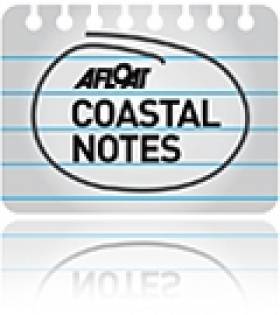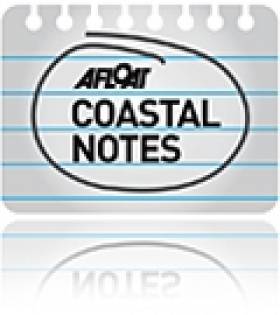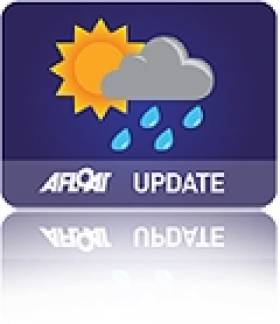Displaying items by tag: Storm Rachel
'Rescue' Needed For Sensitive Sites After Storm Rachel Coastal Damage
#StormRachel - Ireland needs a dedicated 'rescue unit' to protect sensitive heritage sites around the coast from severe weather, as news of damage to some vulnerable spots emerges.
Michael Gibbons, an archaeologist from Connemara, told The Irish Times that while the high winds whipped up by the likes of last week's Storm Rachel have helped uncover new archaeological finds, there is as yet no procedure for protecting such finds from further weathering and erosion.
Gibbons commented specifically on the midden deposits uncovered in Roundstone on Galway Bay, which were hit by strong gales and exposed the vulnerable dunes in the area to further destruction.
The Irish Times has more on the story HERE.
West Cork Weather Buoy Records Second Highest Wave
#WaveRecord - The M3 weather buoy has measured the second highest wave ever recorded off the West Cork coast, according to The Skipper.
The buoy measured an individual wave of 16.9 metres at 10am last Thursday 15 January in the midst of Storm Rachel, a little over two metres shy of the 19.1m wave recorded on 27 January 2013.
The Coast of West CorkThe stormy conditions have seen consistent but unusually high seas this month so far, with the M3 buoy - which was swept away to Devon in storms two years ago – recording an average Significant Wave Height of over six metres.
Meanwhile, in the Irish Sea the M2 buoy recorded an individual wave of 8.7m at 10pm on 14 January, just 18cm below the record set on 27 December 2013.
Irish Lights Smart Buoys Recording High Winds As Storm Rachel Sweeps In
#StormRachel - The Commissioners of Irish Lights' five Twitter 'smart buoys' have recorded high winds in all coastal areas as Storm Rachel hammers Ireland from the Atlantic.
As previously reported on Afloat.ie, Met Éireann had issued a Status Red weather warning for exposed coastal areas in western counties with gusts of up to 150km/h predicted.
And the since-named Storm Rachel proved as strong as expected, with an incredible gust of 138km/h recorded by the Coningbeg buoy of the Wexford coast last night.
Elsewhere, a high of 120km/h was felt in the Aran Islands according to the Finnis buoy, which recorded consistently high winds throughout the night.
And the Ballybunion North buoy recorded 114km/h on a number of occasions overnight, with no let-up in the gusty conditions expected till this afternoon.
The CIL website has more on the MetOcean smart buoy network HERE.
A visualisation of the wind currently over Ireland (from http://t.co/M7F7jfIZ1T) pic.twitter.com/cau3olyvm1
— RTÉ News (@rtenews) January 15, 2015






























































